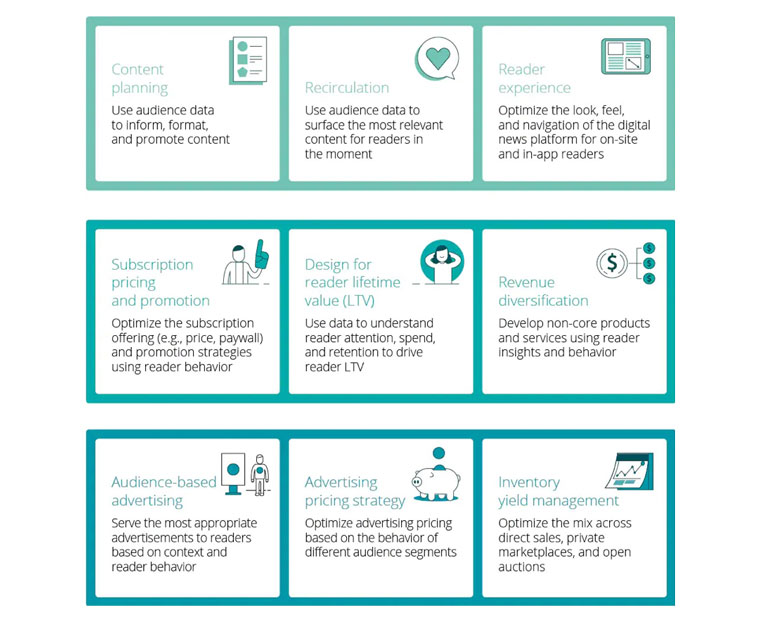
BY Silence mugadzaweta Gone are the days when the majority of people around the world were members of the 5am club, waiting for the early newspaper delivery at home. Avid news addicts killed time telling newspaper vendors jokes just to be given a chance to flip through a copy of their favourite section of the newspaper.
The Internet and social media changed all that. Today, we wake up with our smartphones in our hands.

Anyone can get news from anywhere, anytime. Research has shown that mobile users account for the majority of digital traffic to news sites globally (more than 50% overall), with only 5% from tablet users. We now have access to the world just by swiping through a smartphone.
No one can deny the news business has been hit hard by the Internet. We used to speak circulation numbers; today we talk of eyeballs, engagement, and unique visits.
Print was solely based on today for tomorrow. The world has witnessed shrinking print circulation and revenues. This matrix is long gone as citizen journalists are born, posting anything as they encounter it.
Audiences naturally follow content they prefer.
Ultimately, journalists who fail to take up new skills in digital journalism are becoming slowly irrelevant and out of touch with the new.
The new media threat According to the State of Local News Report for 2022, “newspapers are continuing to vanish at a rapid rate. An average of more than two a week are disappearing.
- Chamisa under fire over US$120K donation
- Mavhunga puts DeMbare into Chibuku quarterfinals
- Pension funds bet on Cabora Bassa oilfields
- Councils defy govt fire tender directive
Keep Reading
Since 2005, (the United States) has lost more than a fourth of its newspapers (2 500) and is on track to lose a third by 2025.” This is only a reflection of what is happening around the world in the news and media business.

Print legacy is still in confusion as it tries to define what digital really means in the news business. Publishers need to adjust their strategy to include the digital factor and data into their understanding of the market and, most importantly, the audience. As a critical component of the new digital ecosystem, data not only gives readers a better experience, but it is a service to advertising clients.
Search engine optimisation, pay-per-click advertising, content marketing, social media, and e-mail marketing are key words in the digital era and strategy. To satisfy these components, data is central.
The game of earning attention Publishers need to know who they are speaking to, the age of their audience, what kind of content is being demanded by their audience, and what the audience is saying about their content.
According to a recent report from Deloitte, “Digital innovation has reshaped the news and media industry. The transition from print to digital started more than two decades ago, and the changes to news and media companies during this time have been dramatic. Few publications still exist as print-only editions anymore. Almost all major print and broadcast news outlets now maintain digital versions.
According to its research, Deloitte notes data is at the centre of success for news and media companies.
Audience data is challenging in Africa Guessing and assuming a large audience is interested in our content does not add value. There is need for investment in digital technology that allows for data collection.
This has been a huge challenge, especially in Africa where “access to the Internet remains out of reach for most people in the continent, with only 22% reporting having access in 2017,” according to the World Bank.
“Too few citizens have digital IDs or transaction accounts — locking them out of access to critical services and e-commerce. Digital start-ups struggle to attract funding and ‘traditional’ businesses are only slowly adopting digital technologies and platforms to boost productivity and sales. Few governments are investing strategically and systematically in developing digital infrastructure, services, skills, and entrepreneurship,” the World Bank notes. Thus, data remains a key factor for a successful content strategy.
There is a huge divide between readers and advertisers. The irony is that all are connected by content.
- Deloitte lists three objectives of data collection:
- Improving reader engagement.
- Increasing direct-paying relationships with readers.
- Driving revenue from readers.
It is necessary that businesses understand readers’ behaviour and needs. When new products like newsletters are commissioned and data is available, it’s easy to customise and attend to individual reader needs, offering a strategic value in reach and potential monetisation options.
To achieve this, it is critical to put into action the proposed Deloitte Data Activation Framework as a benchmark, which proposes deliberate actionable steps on where a business should focus.
- This article was first published on International News Media Association: (INMA) Content Strategies Blog











